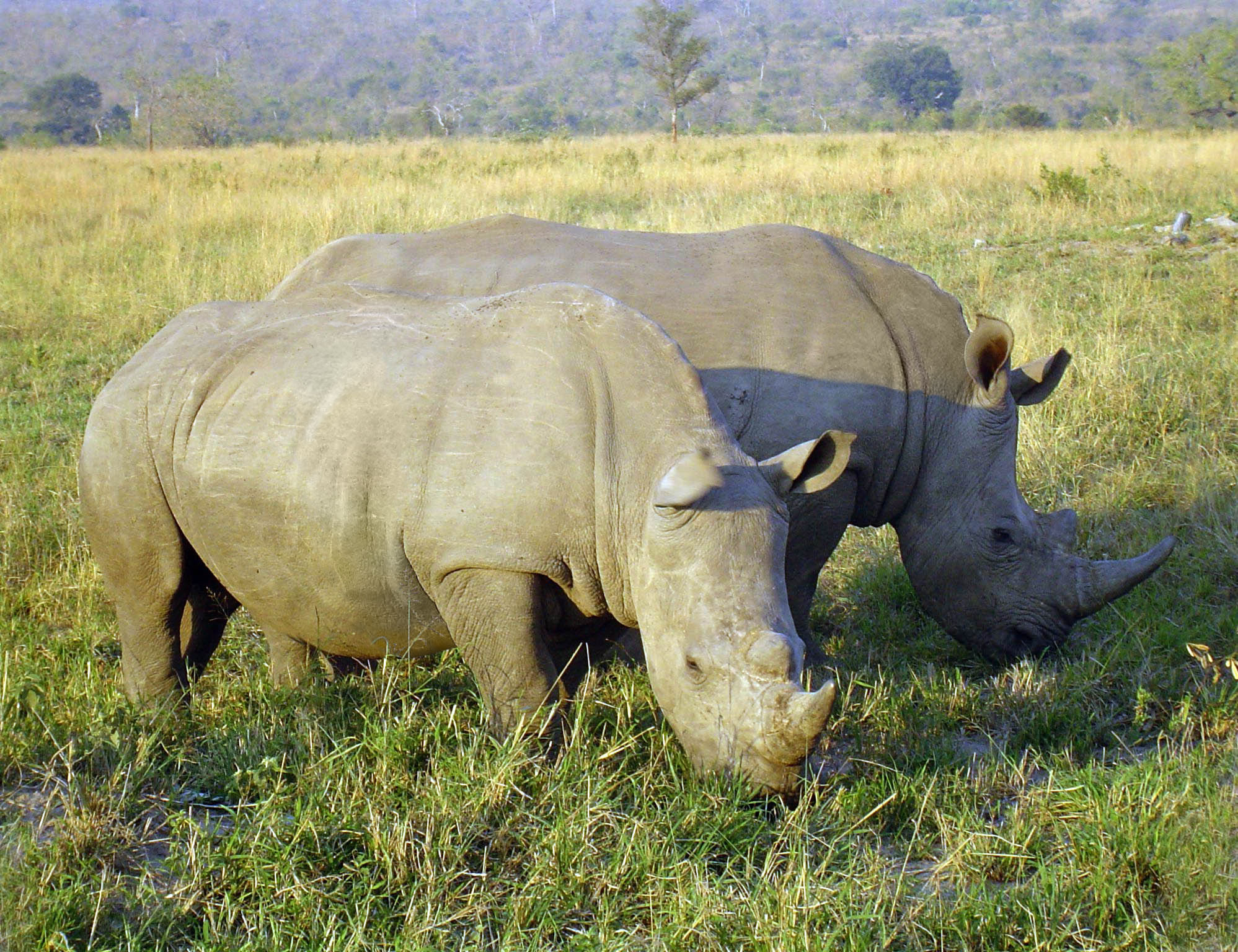Researchers in Ecuador have evaluated the nutritional and chemical composition of oregano plants cultivated in two different ecological zones of the provinces of Imbabura and Pichincha. Oregano is a species of plant commonly used as a culinary condiment and has medicinal properties, including as a tonic, soothing agent, and appetite stimulant. However, of all its structural parts, the leaves are the most commonly used, with little research on the benefits of the stem and root. This study sought to evaluate the nutritional composition and content of bioactive and functional compounds responsible for the antioxidant activity of oregano plants cultivated in these two zones and to provide added value to the unused parts.

The study used oregano (O. vulgare L.) ECU-20229 plants, which were conserved in the INIAP Germplasm Bank and multiplied in two locations. After cleaning to remove soil residues, random sampling was carried out, and the harvested plants were distributed for various analyses. The proximate analysis was performed on the whole plant and its parts using various methods, including moisture analysis, protein analysis, fiber analysis, and fat content extraction. The mineral content of the dried samples was also analyzed.
The analysis of functional compounds and antioxidant capacity involved freezing and freeze-drying the plant samples before grinding and storage in plastic jars. The samples’ functional compounds and antioxidant capacity were then analyzed using various methods, including determining total phenolic content, total flavonoid content, and antioxidant activity.

The results showed that oregano plants cultivated in the two environmental zones had different nutritional and chemical compositions. The oregano plants from Imbabura had higher values of total phenolic and flavonoid contents, while the plants from Pichincha had higher protein and ash content. This study provides valuable information on the nutritional and chemical composition of oregano plants from Ecuador, which could be used to develop new food products and functional foods. It also highlights the potential value of using the stem and root of the plant, which are currently underutilized.
Link to the article: https://journals.modernsciences.org/index.php/msj/article/view/17
Summary of: Comparative Analysis of the Physicochemical Properties and Antioxidant Capacity of a Morphotype Of Oregano (O. Vulgare L.) Cultivated in Two Locations of the Ecuadorian Sierra, by Tamara Fukalova et al.
References
- Fukalova, T., Brito, B., Novoa, T., Sagñay, E., Samaniego, I., Tacan, M., & Tapia, I. (2022). Comparative Analysis of the Physicochemical Properties and Antioxidant Capacity of a Morphotype Of Oregano (O. Vulgare L.) Cultivated in Two Locations of the Ecuadorian Sierra. Modern Sciences Journal, 11(1). https://doi.org/10.57184/msj.v11i1.17











